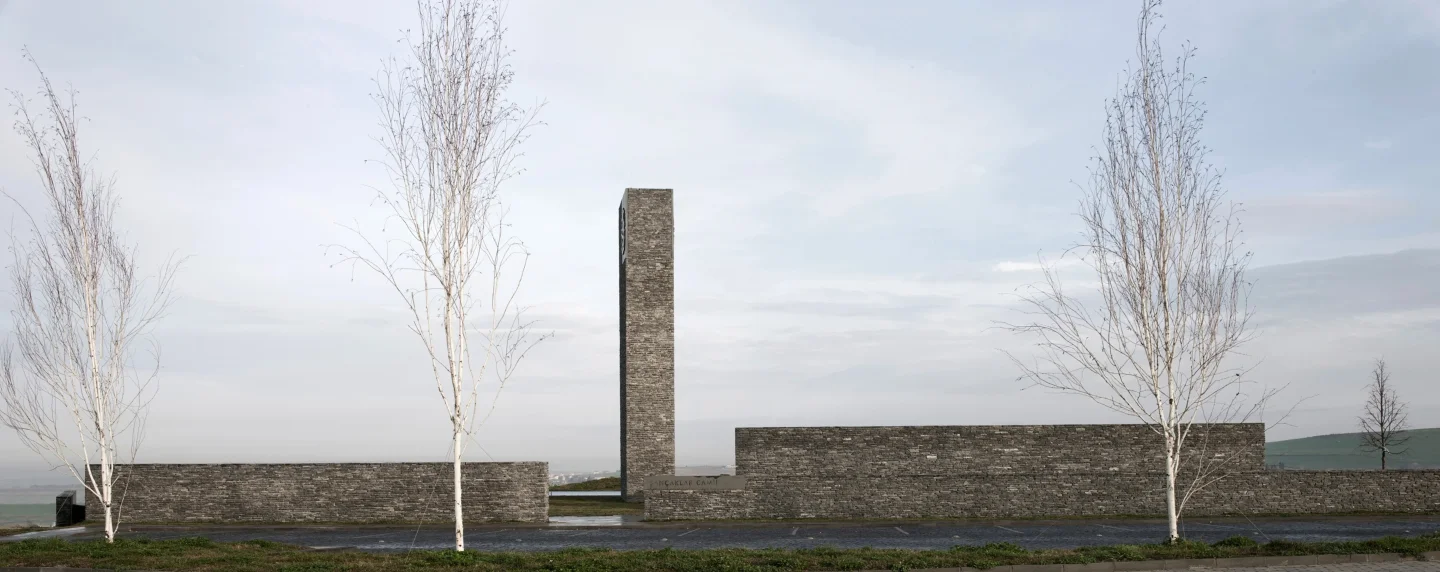The Sancaklar Mosque, designed by EAA Emre Arolat Architecture, stands as a groundbreaking example of contemporary mosque design, challenging traditional architectural norms while embracing the spiritual essence of Islamic worship. Located in Büyükçekmece, a suburban neighborhood on the outskirts of Istanbul, Turkey, the mosque was completed in 2012 and has since garnered international acclaim for its innovative approach. This review will explore the architectural significance of the Sancaklar Mosque, its departure from conventional mosque design, and the broader context of EAA Emre Arolat Architecture’s work.
- The Sancaklar Mosque: A Radical Departure from Tradition
- Spatial Experience and Design Features
- Inclusivity and Innovation
- EAA Emre Arolat Architecture: A Global Force in Contemporary Design
- Leadership and Philosophy
- The Significance of the Sancaklar Mosque in Contemporary Architecture
- Awards and Recognition
The Sancaklar Mosque: A Radical Departure from Tradition
At the heart of the Sancaklar Mosque’s design is a conscious rejection of the classical Ottoman mosque scheme, which has long dominated mosque architecture in Turkey. Traditional mosques often feature domes, minarets with conical spires, and ornate ablution fountains, all of which have become symbolic markers of Islamic religious spaces. However, with modern construction techniques, these elements can sometimes feel anachronistic, disconnected from the spiritual core of worship. Emre Arolat and his team sought to address this by focusing not on form but on the essence of a religious space, creating an environment that fosters introspection, humility, and a deep connection to the divine.

The mosque’s design is strikingly minimalistic, emphasizing simplicity and a profound relationship with the natural landscape. Unlike most mosques that dominate their surroundings, the Sancaklar Mosque is partially submerged into the sloping terrain, blending seamlessly with the topography. This integration with the landscape creates a sense of timelessness, as if the building has always been a part of the earth. The only elements visible from a distance are a stone courtyard surrounded by high walls and a vertical stone minaret, which subtly signals the presence of a sacred space without overwhelming the environment.
Spatial Experience and Design Features
As one approaches the mosque, the experience is carefully choreographed. Visitors descend a series of natural stone steps that follow the slope of the land, leading them away from the chaos of the surrounding suburban developments and busy highway. This descent into the earth symbolizes a journey inward, both physically and spiritually, preparing worshippers for the serene atmosphere of the prayer hall. The high walls surrounding the upper courtyard act as a boundary, separating the mosque’s tranquil environment from the outside world, further enhancing the sense of sanctuary.

The prayer hall itself is a cave-like space, stripped of all ornamentation and cultural references. This simplicity is intentional, as the architects aimed to create a space that feels universal and timeless, free from the burdens of specific cultural or historical associations. The interior is defined by raw materials—primarily stone and concrete—which are left exposed to emphasize their natural textures. The Qiblah wall, which faces Mecca, is marked by slits and fractures that allow daylight to filter into the space, creating a dynamic interplay of light and shadow that shifts throughout the day. This use of light not only enhances the directionality of the prayer space but also serves as a metaphor for divine presence, illuminating the hall in a way that feels both sacred and awe-inspiring.
Inclusivity and Innovation
One of the most radical aspects of the Sancaklar Mosque is its approach to gender inclusivity. In traditional mosques, women are often relegated to separate, less prominent areas for prayer. However, in this design, women are given an elevated and separated section within the same prayer hall, allowing them to pray in the same row as men—a significant departure from convention. This subtle yet powerful gesture reflects a more egalitarian vision of worship, aligning with the mosque’s broader emphasis on purity and essence over form.
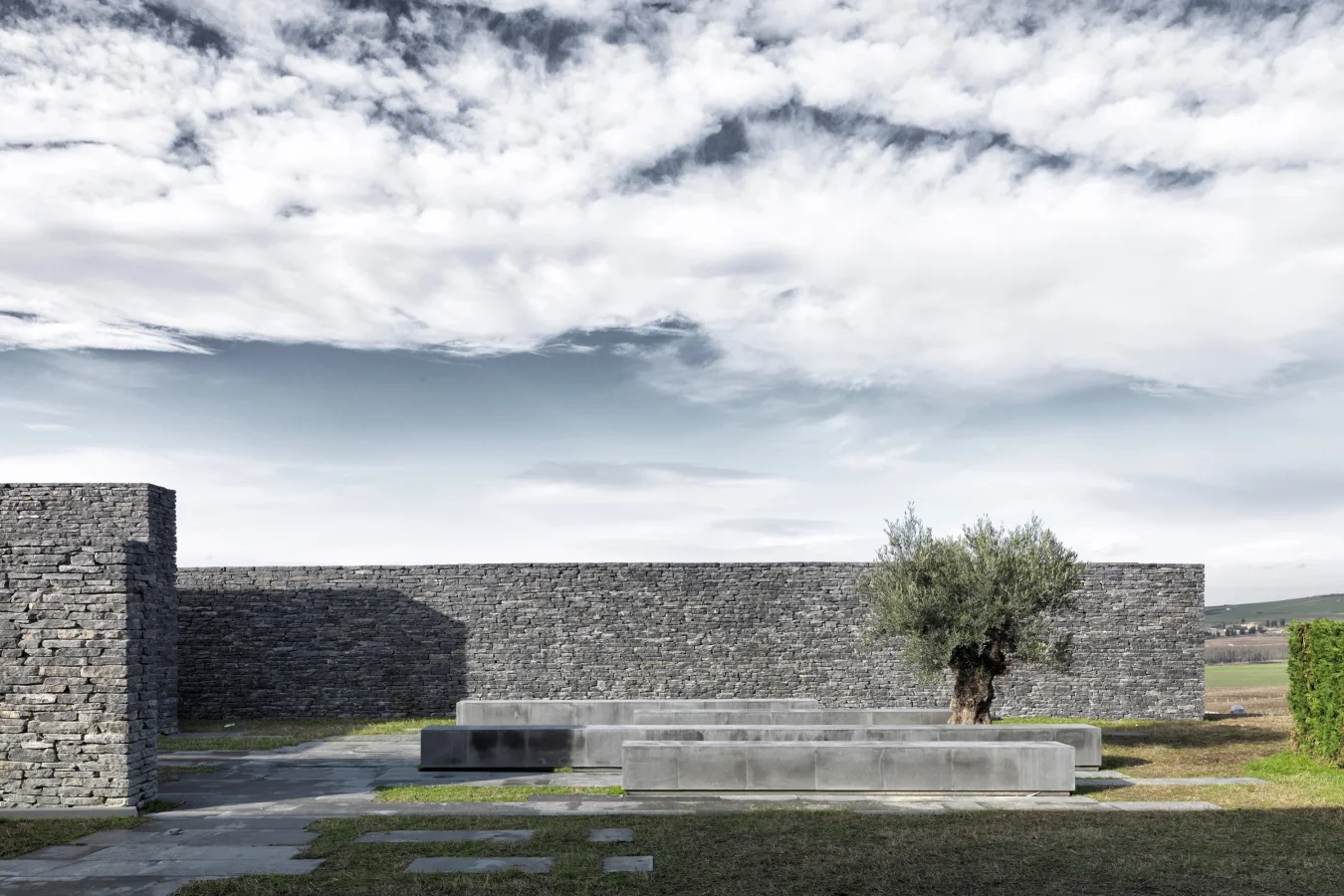
EAA Emre Arolat Architecture: A Global Force in Contemporary Design
The Sancaklar Mosque is a testament to the innovative vision of EAA Emre Arolat Architecture, a firm that has established itself as one of Turkey’s leading architectural practices with a growing international presence. Founded in 2004 by Emre Arolat and Gonca Paşolar in Istanbul, the firm is a continuation of Emre Arolat’s earlier work at his parents’ office, Arolat Architects, where he began his career in 1987. Today, EAA operates offices in Istanbul, New York, and London, and has built a diverse portfolio that includes urban masterplans, airports, residential complexes, cultural institutions, and workplaces.
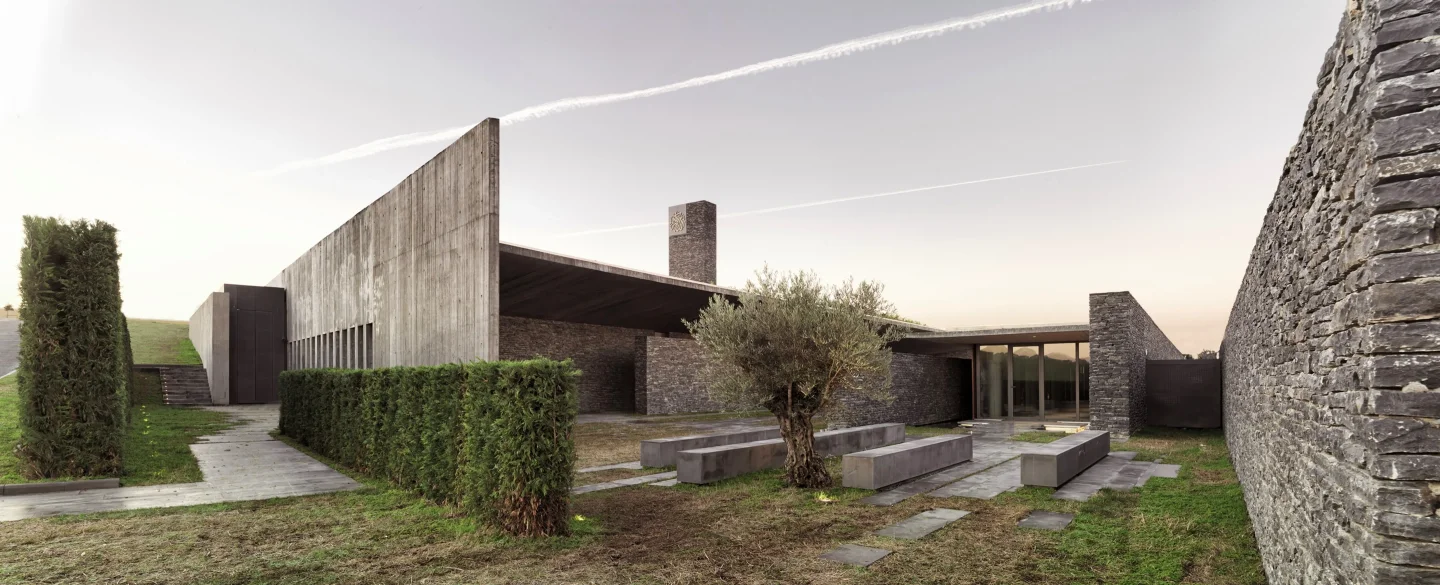
Leadership and Philosophy
Emre Arolat, the firm’s co-founder and lead designer, is widely recognized for his ability to blend simplicity with sensuality, often using a restrained material palette of concrete, wood, glass, and stone to create buildings that are deeply connected to their sites. His work has earned numerous accolades, including the Aga Khan Award for Architecture in 2010 for the Ipekyol Textile Factory Building, and the Mies van der Rohe Award in 2015 for the Sancaklar Mosque. Arolat’s influence extends beyond his built projects; he has lectured at prestigious institutions such as Yale School of Architecture, where he served as the Norman R. Foster Visiting Professor in 2017, and he was a co-curator of the first Istanbul Design Biennale in 2012.

EAA’s approach to architecture is characterized by a meticulous attention to detail, regardless of the scale of the project. As Arolat himself has stated, “From a small building to an urban scale design, we approach the work with the same kind of ‘finesse.’” This philosophy is evident in the Sancaklar Mosque, where every element—from the natural stone steps to the reinforced concrete canopy—has been carefully considered to enhance the relationship between the built environment and the natural world.
The Significance of the Sancaklar Mosque in Contemporary Architecture
The Sancaklar Mosque has been widely praised for its ability to convey spirituality through an austere yet powerful use of space, light, and materials. By eschewing historicism and ornamentation, Arolat and his team have created a mosque that feels both ancient and modern, a space that could belong to any time or place. This universality is perhaps the project’s greatest strength, as it speaks to the core of Islamic worship—prayer can be performed anywhere that is clean—while also offering a fresh perspective on what a mosque can be in the 21st century.
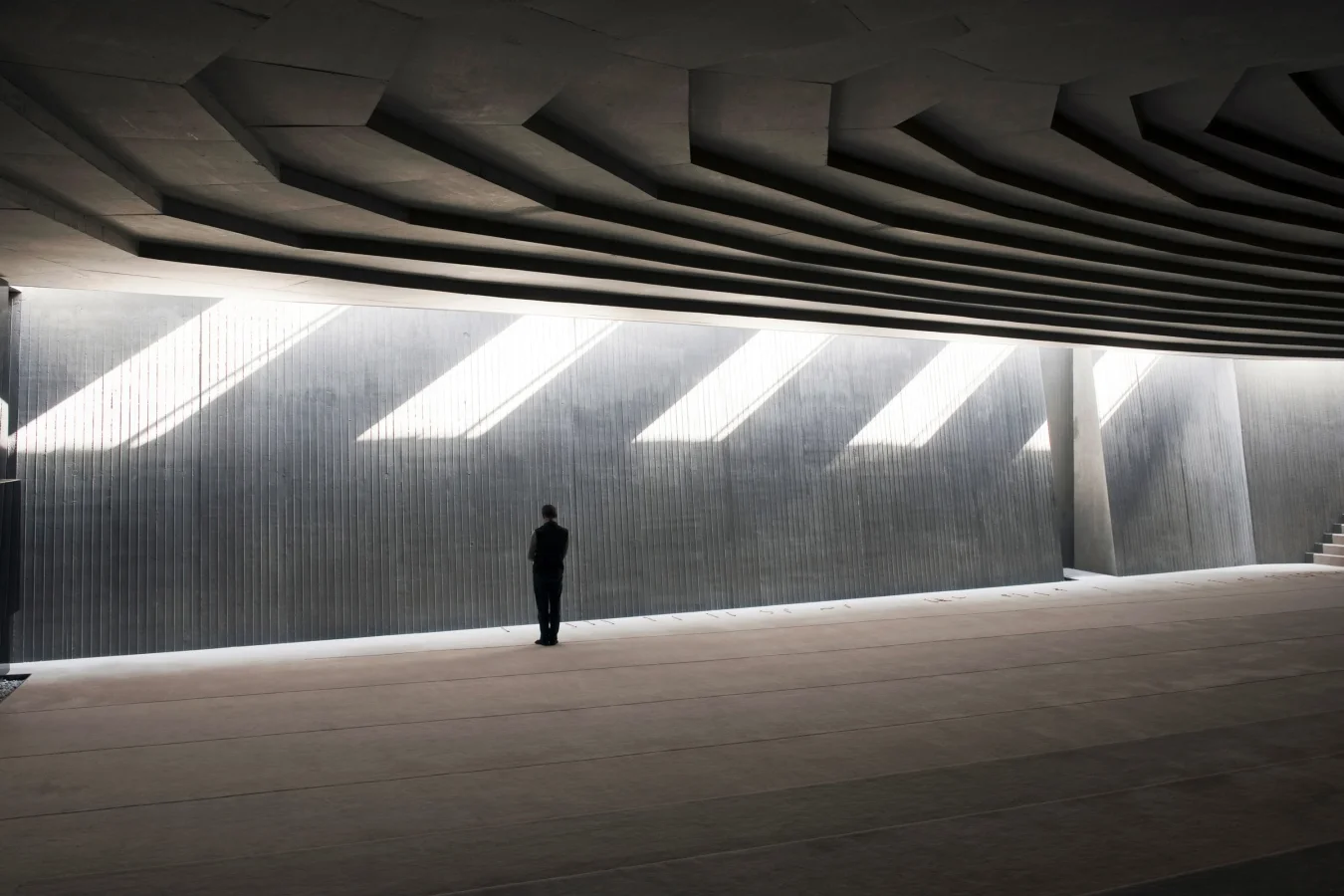
Awards and Recognition
The mosque’s design has not gone unnoticed on the global stage. It was awarded the World Architecture Festival’s “Completed Buildings-Religion” Category Winner in 2013 and was shortlisted for the prestigious RIBA International Prize in 2018. Additionally, it received the Abdullatif Al Fozan Award for Mosque Architecture in 2022, which recognizes projects that excel in both design and social impact. These accolades underscore the project’s significance as a model for contemporary mosque architecture, one that prioritizes the spiritual experience over traditional formal expressions.
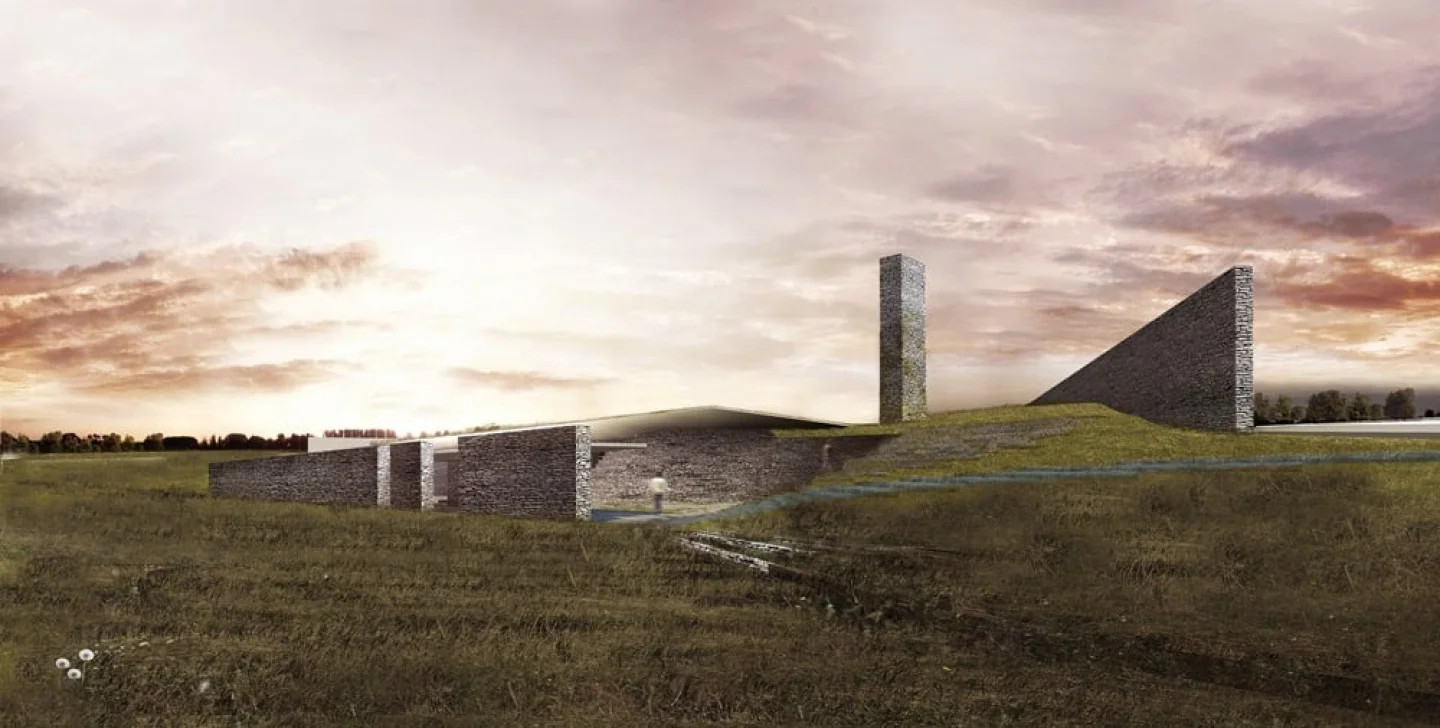
The Sancaklar Mosque by EAA Emre Arolat Architecture is a masterful example of how architecture can transcend cultural and historical constraints to create a space that is deeply spiritual and universally resonant. By focusing on the essence of religious experience—light, matter, and connection to the earth—the architects have crafted a mosque that feels both timeless and innovative. The project’s integration with the landscape, its minimalist material palette, and its thoughtful approach to inclusivity make it a landmark in contemporary mosque design.
EAA Emre Arolat Architecture’s broader body of work reflects a similar commitment to context, materiality, and the human experience. With a diverse portfolio and a growing international presence, the firm continues to push the boundaries of architectural practice, creating spaces that are not only functional but also emotionally and intellectually engaging. The Sancaklar Mosque stands as a testament to this vision, offering a new way of thinking about sacred space in the modern world.

